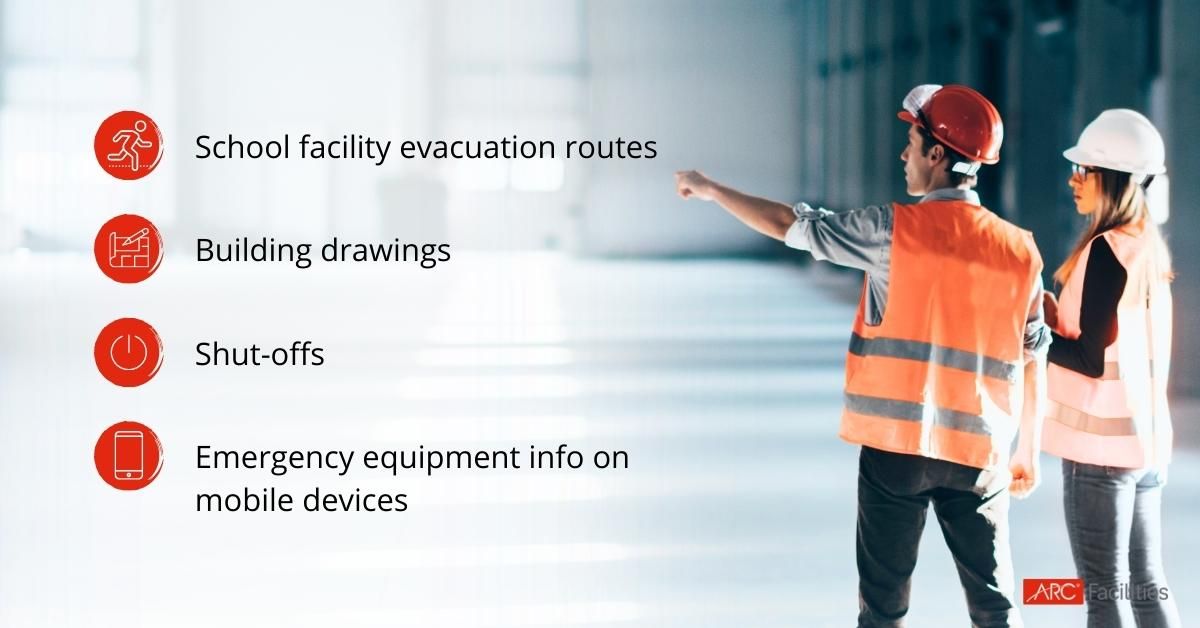Hands on Information for Facilities Teams
Keys to School Emergency PreparednessSchools and school districts are complex, complicated, and conspicuous with their presence in local communities.
Everyone knows their local elementary school, middle school, high school – even if your kids are grown. That visibility makes schools vulnerable to the full gamut of incidents from active shootings to natural disasters to burst water pipes and power outages.

Experienced school safety professionals are likely cool-headed, calm, and communicative, but what about teachers and staff? How do they approach school emergency preparedness? Making the transition from facilitating a class discussion to leading a roomful of 12-year-olds out of the building during a disaster requires situational awareness, confidence, and training.
Marco GayLord’s Opinion on School Safety Protocols & Emergency Challenges:
Marco Gaylord, Chief of School Operations at the Middletown School District in Connecticut, practices as many scenarios as possible. Recently, he added a ransomware safety plan and a reunification plan for active shooting practice sessions.
Gaylord is a big believer in teachers and staff working together, so he regularly schedules tabletop exercises, discussions and meetings and review sessions to learn about what went well and what needs improvement to achieve maximum preparedness
One of the biggest challenges in school emergency preparedness is getting to the root causes of incidents like power equipment failures and burst pipes.
This takes inside building knowledge which is not expected of a teacher or a staff member but is expected for a school facility team member.
Ideally, everyone in the school plays a role in school and student safety. The more eyes and ears open to problems, the faster we can react.
What are the Necessary Preventive Emergency Management Actions?
Experienced school facility professionals can take pre-emptive actions like adding alarms to water pipes that have burst in the past and could burst again. Teachers and staff should know about these kinds of changes and be aware that facility leaders are taking steps to help improve school safety.
Some schools are adding more video cameras and upping a police presence to both capture incidents and enforce safety and security, but a really deep inside knowledge of the school building has to come from within the walls of the building, from the people who spend every day walking up and down hallways, getting down into basements and up on rooftops to maintain HVAC systems.
With more than 9 billion mobile devices in use around the world, having school facility evacuation routes, building drawings, shutoffs and emergency equipment info easily available on mobile devices for all school staff creates a level playing field to both prepare for and handle an actual emergency.
It’s not good enough to simply store the school safety plan and emergency contacts in a binder in the principal’s office. Binders can be misplaced, lost. Doors can be locked. Binder contents may be missing.
More and more, one of the key technologies for schools is found in most people’s pockets. Texting first responders with building plans means they’re not going in blind as to what’s going on inside and which areas need their attention first. This is the first step to implementing school emergency preparedness.
